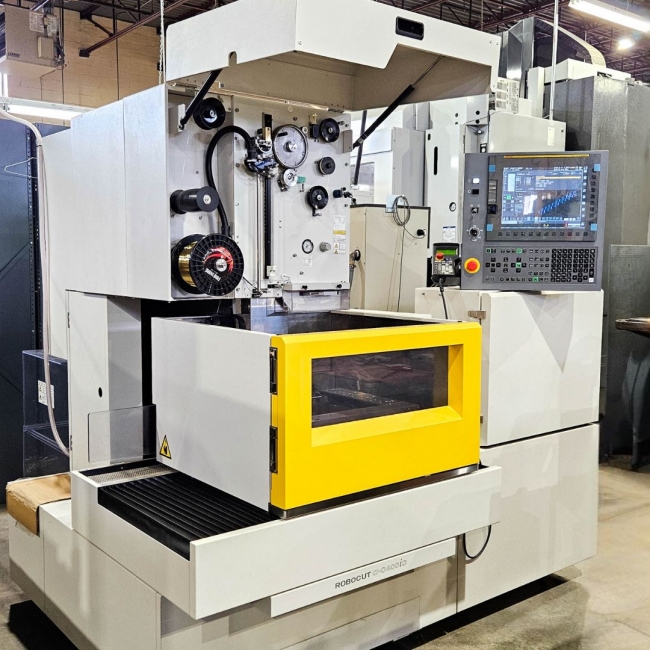
For any workshop offering quality CNC machining services, it is necessary to have the right tools at their disposal. Right from welding machines, grinders, milling machines, lathes and more, these tools play a key role in custom CNC machining services. However, not all workshops will have a coordinate measuring machine (CMM). This blog will cover the basics of the coordinate measuring machine and its 5 common varieties.
A coordinate measuring machine (CMM), is used to measure the length, breadth and width of an object. This is done with the help of a probe that discreetly detects certain points on the surface of the workpiece. The main purpose of a CMM is to check if a part or assembly complies with the original intended design.
A bridge CMM measures an object's dimensions along three axes: the X, Y and Z axis. Each axis has a probe and a dedicated sensor. The sensor monitors the movements of the probe as it detects points on the workpiece’s surface.
It is almost identical to a bridge CMM. However, it is quite larger than a bridge CMM in terms of size. Perfect for measuring really large and heavy parts, this CMM has to be bolted to the floor.
While the two CMMs mentioned above have vertical probes, in this case, the probes are horizontal. These are ideal for measuring a material that is long and thin, such as sheet metal.
Featuring 6 to 7 axes, the portable CMM is a handy tool where the machine can be brought to the workpiece. This is ideal in cases where the part being measured can’t be moved for some reason.
This is one of the most advanced varieties of CMM that doesn’t use a physical probe. Instead, they use something known as optical triangulation to scan a part and analyze its dimensions and surface.
RWD Tool & Machine Ltd. is a renowned CNC machining services provider in Vaughan. With a focus on custom CNC machining services, our ultra-modern shop boasts cutting-edge methods, innovative machinery, and skilled technicians. Contact us today for all your requirements pertaining to metal fabrication and machining.